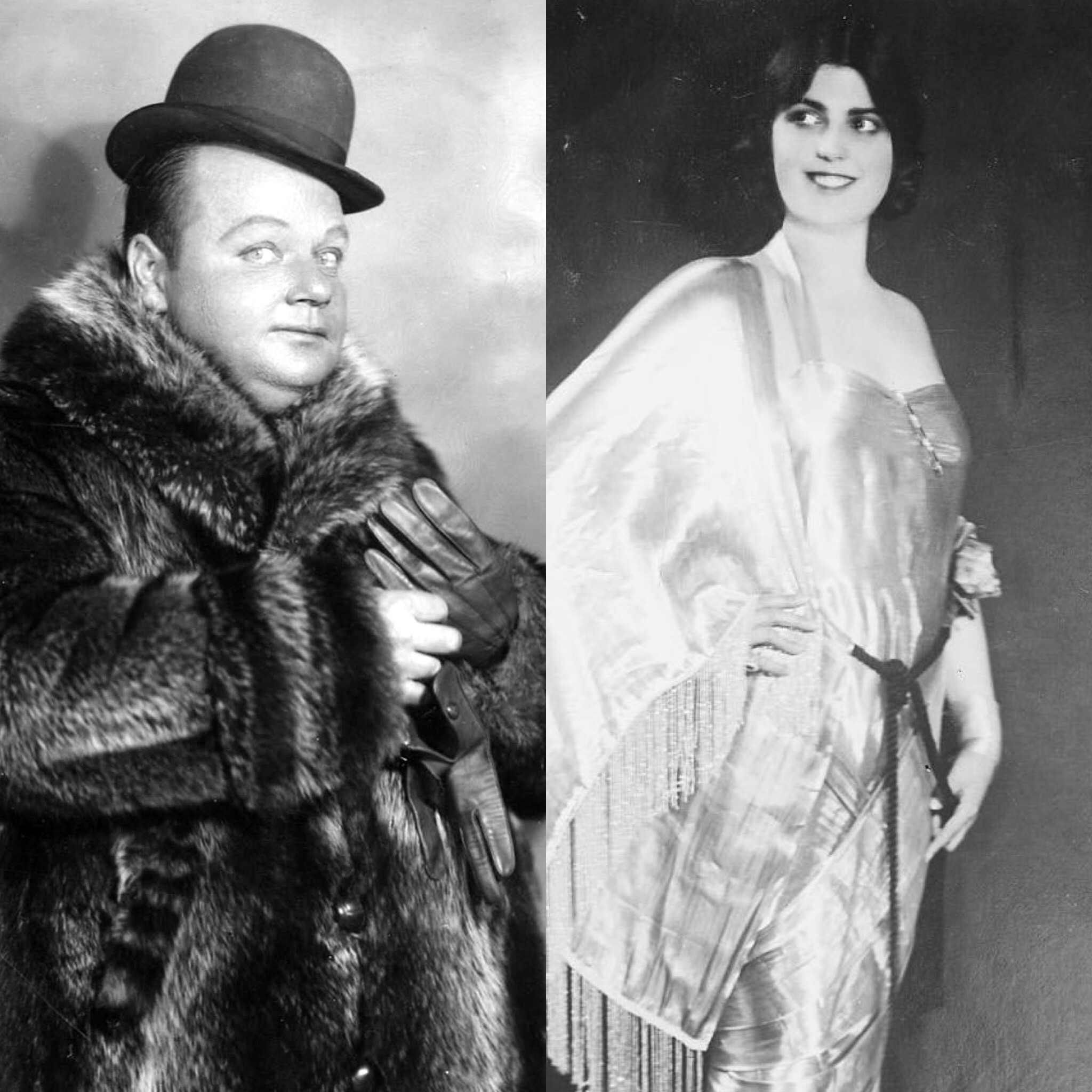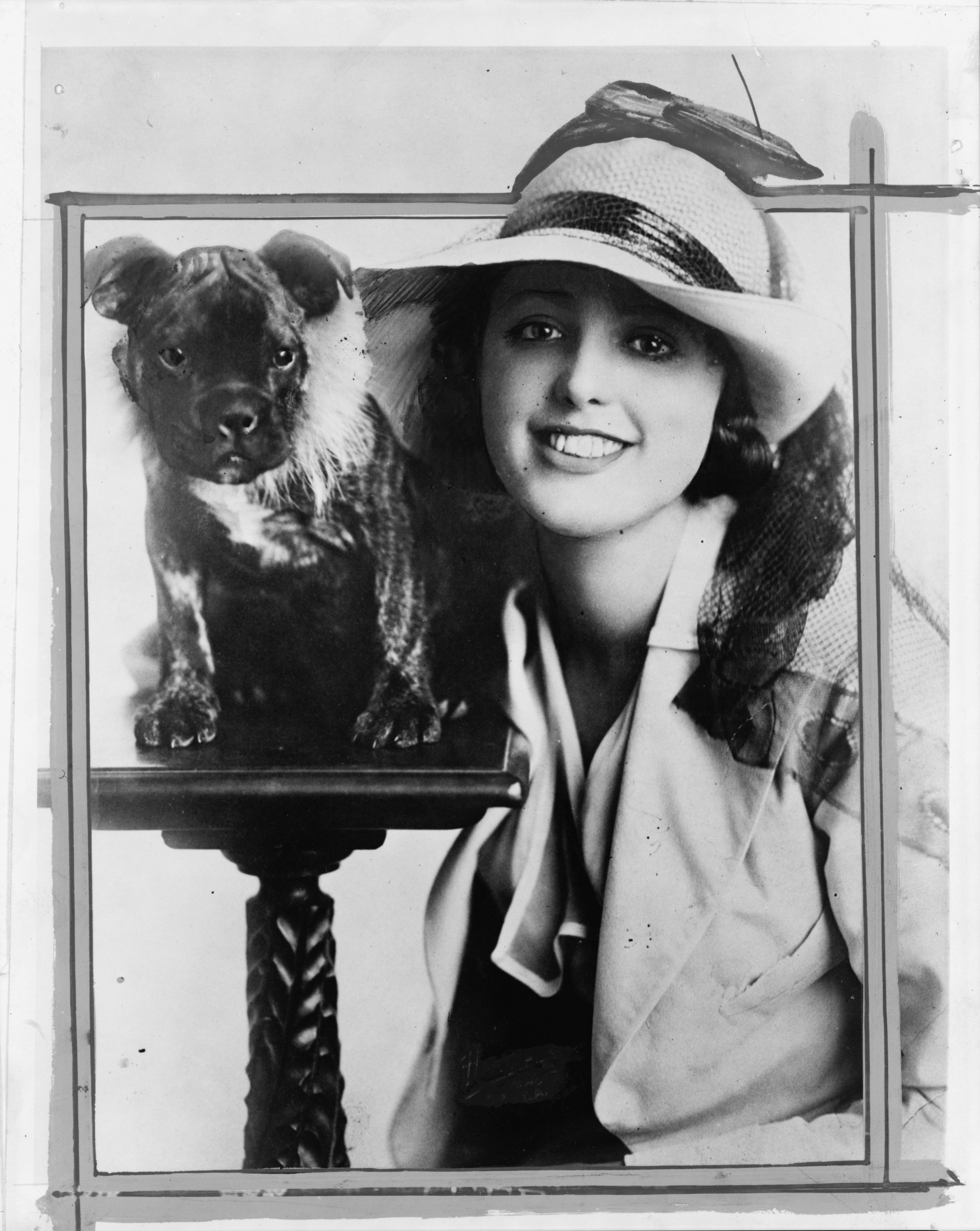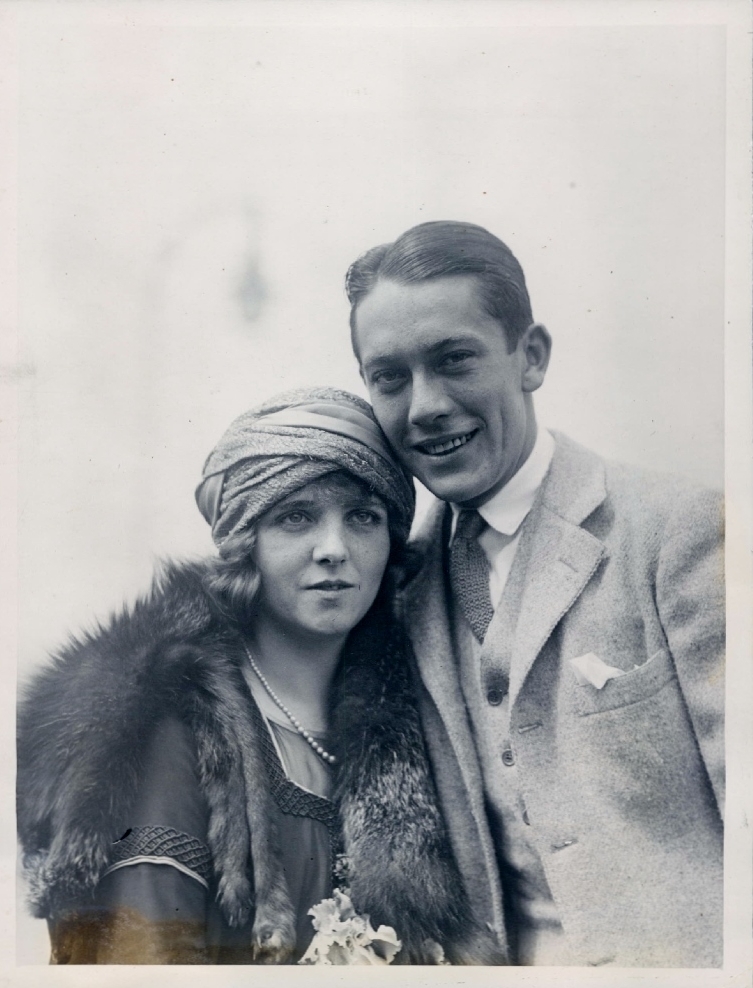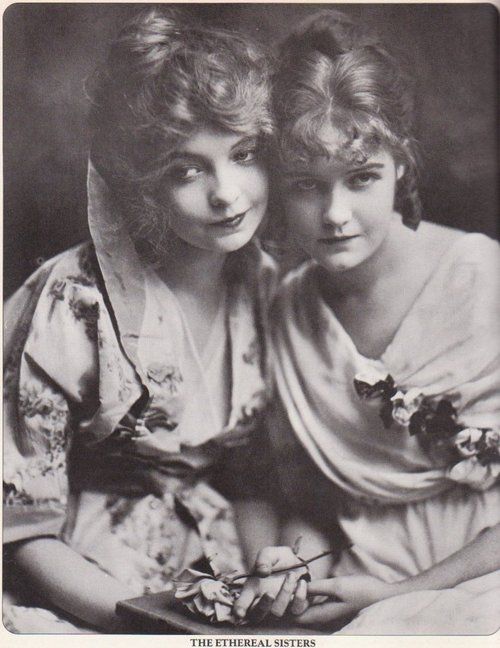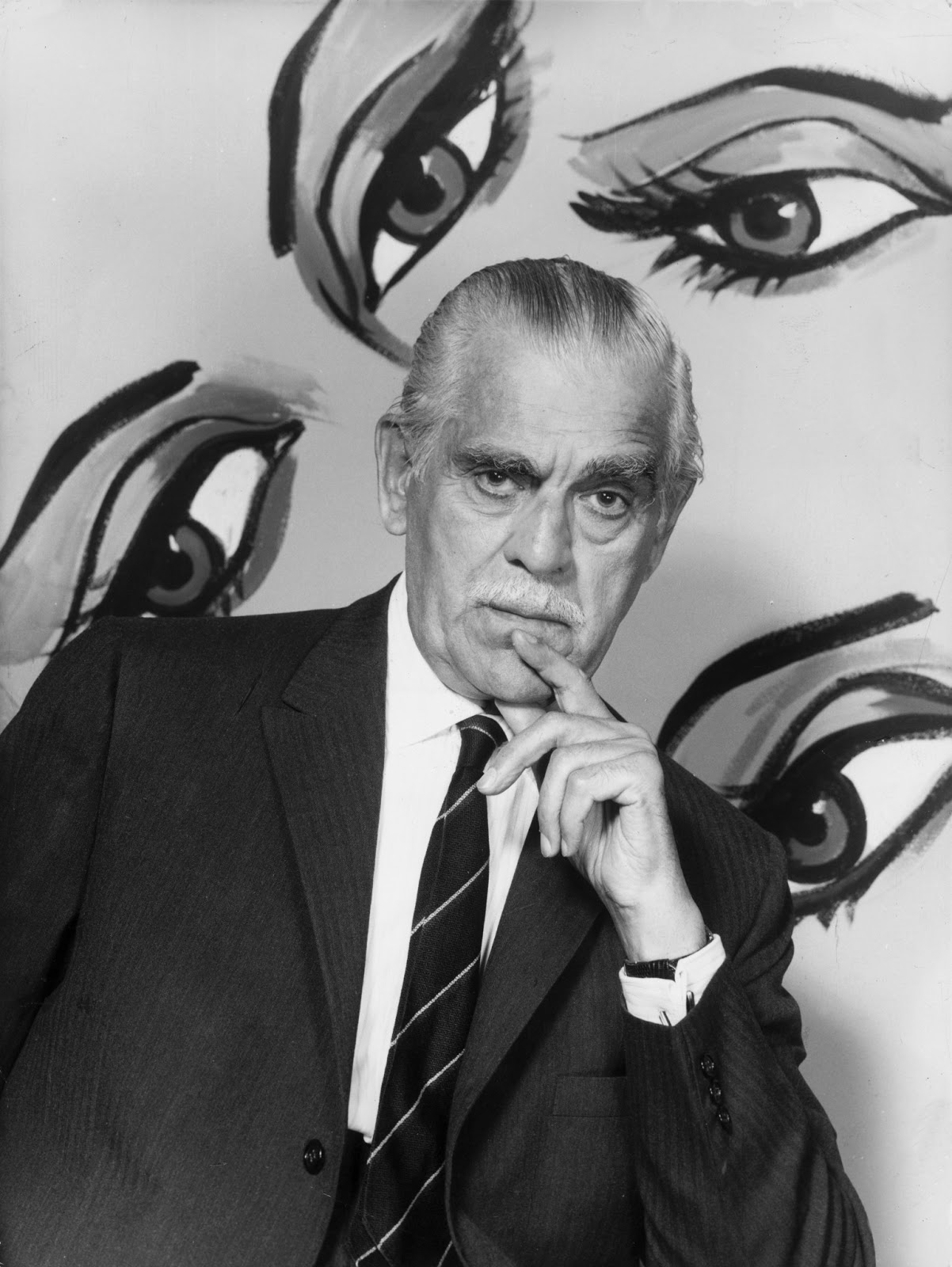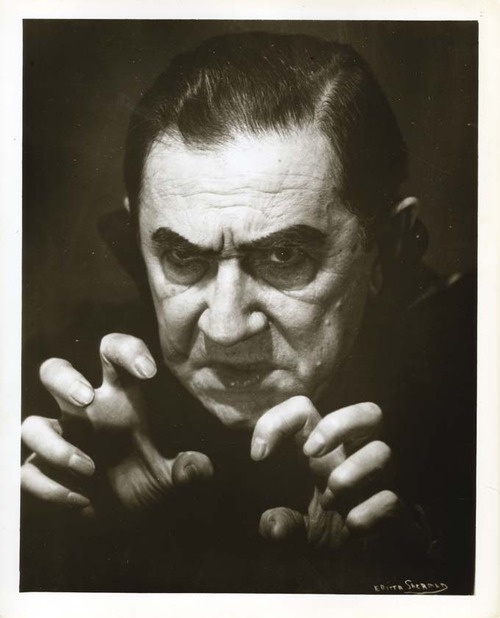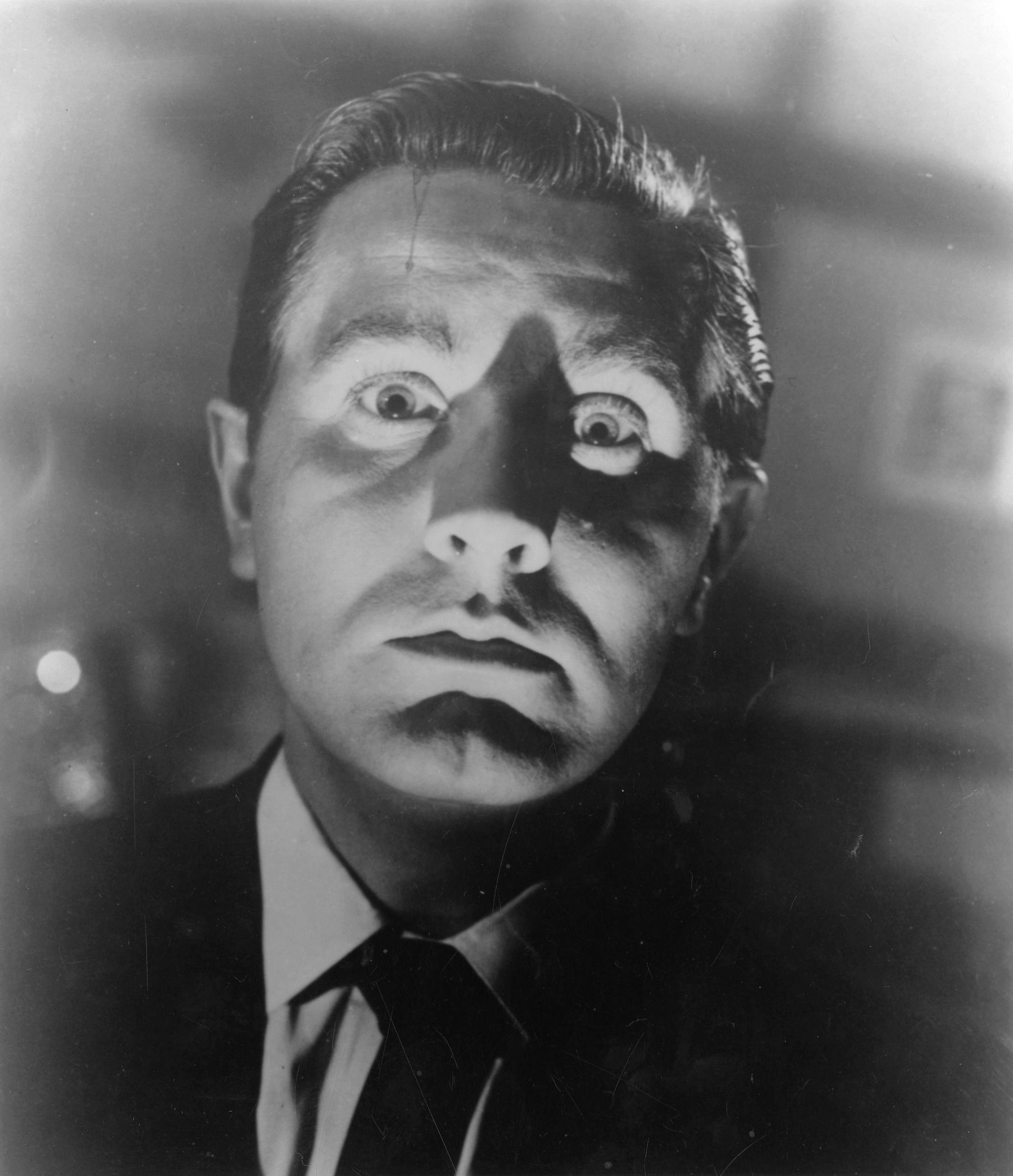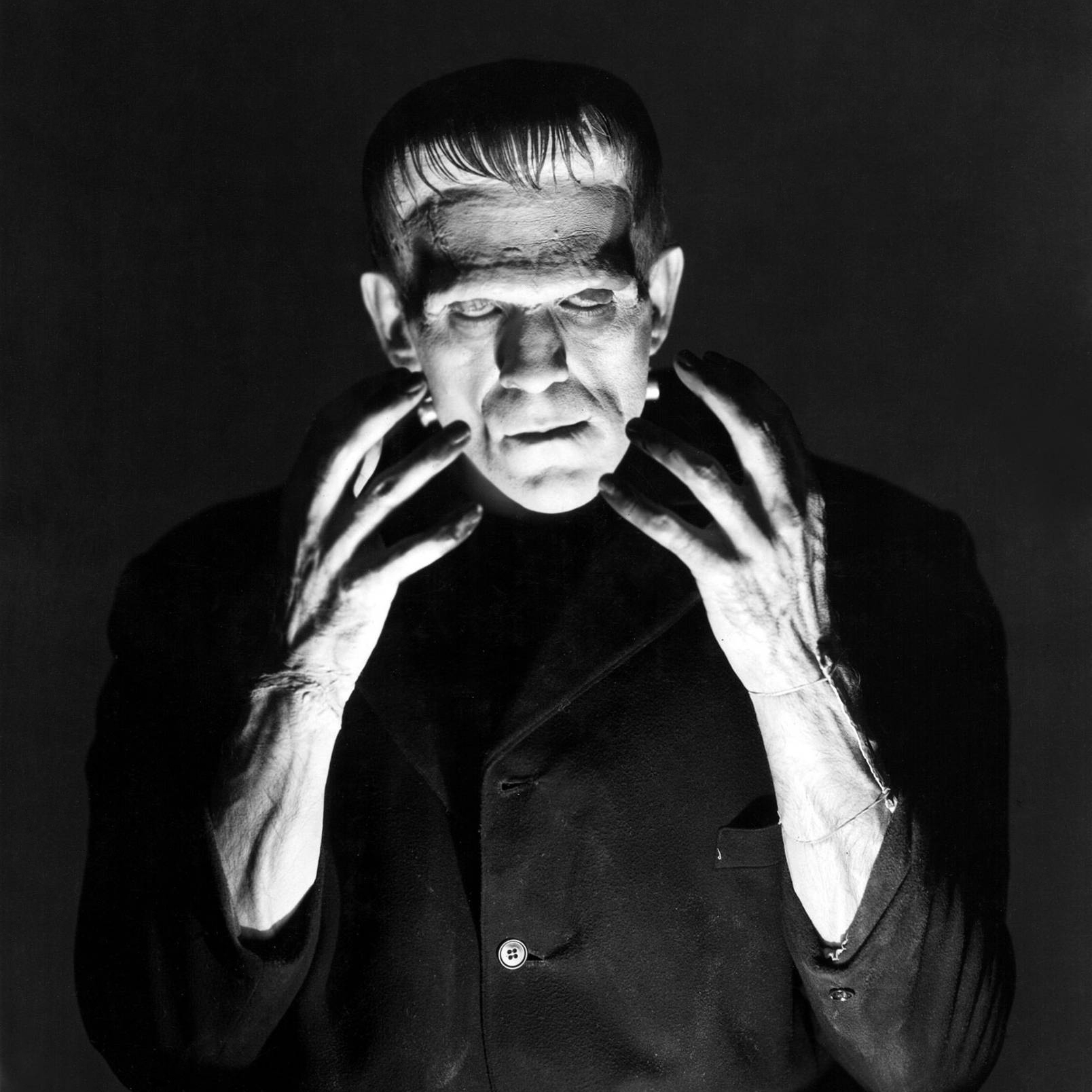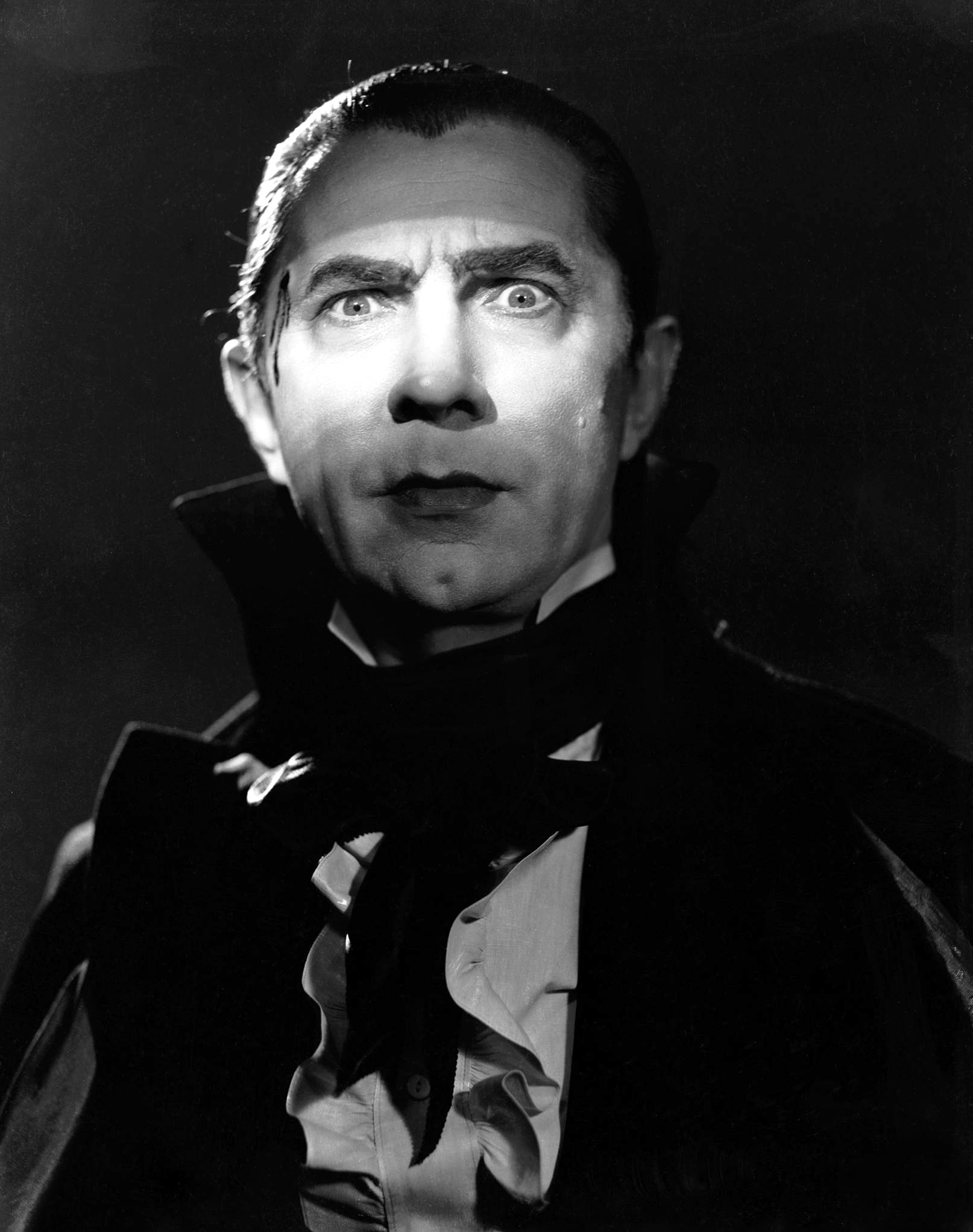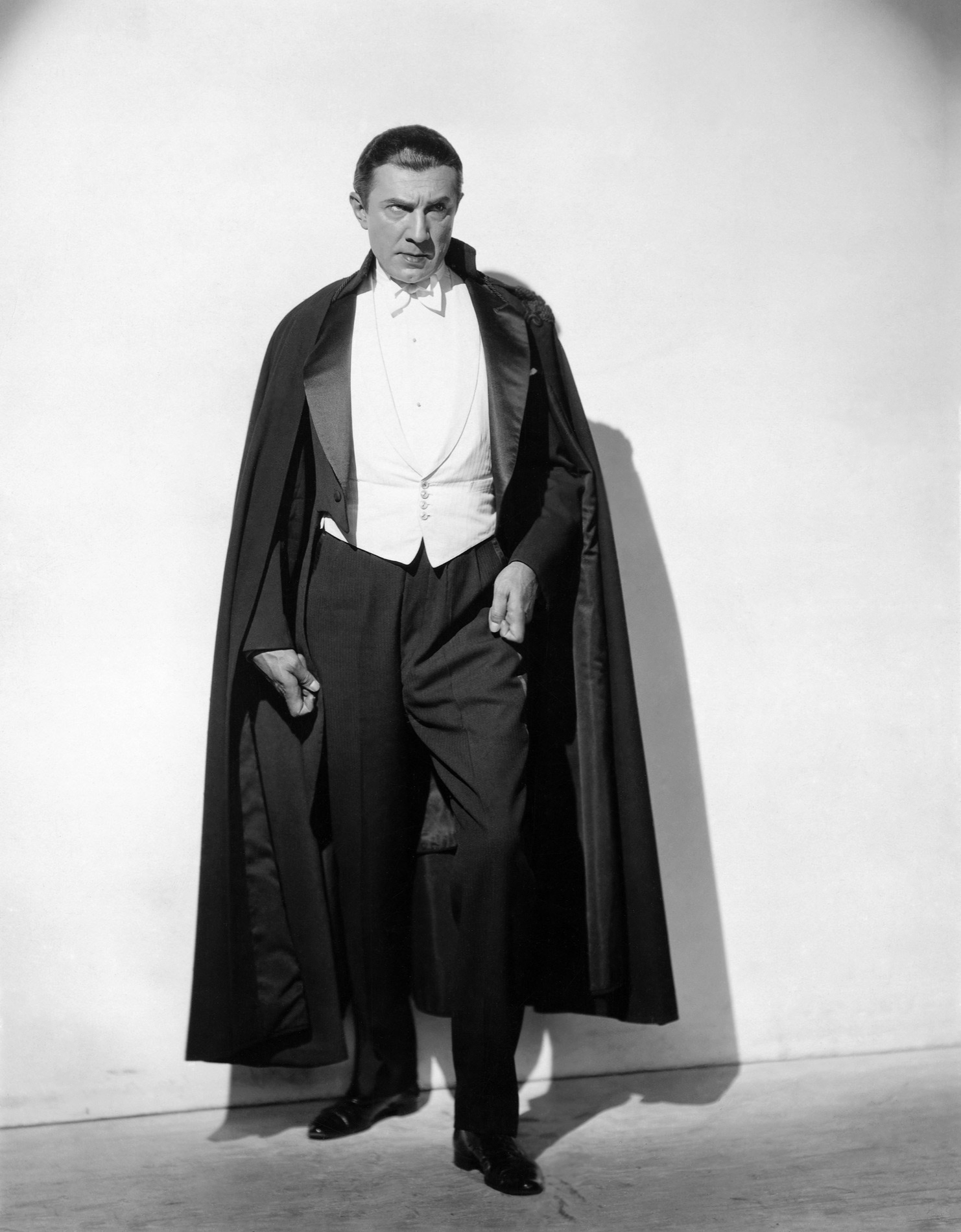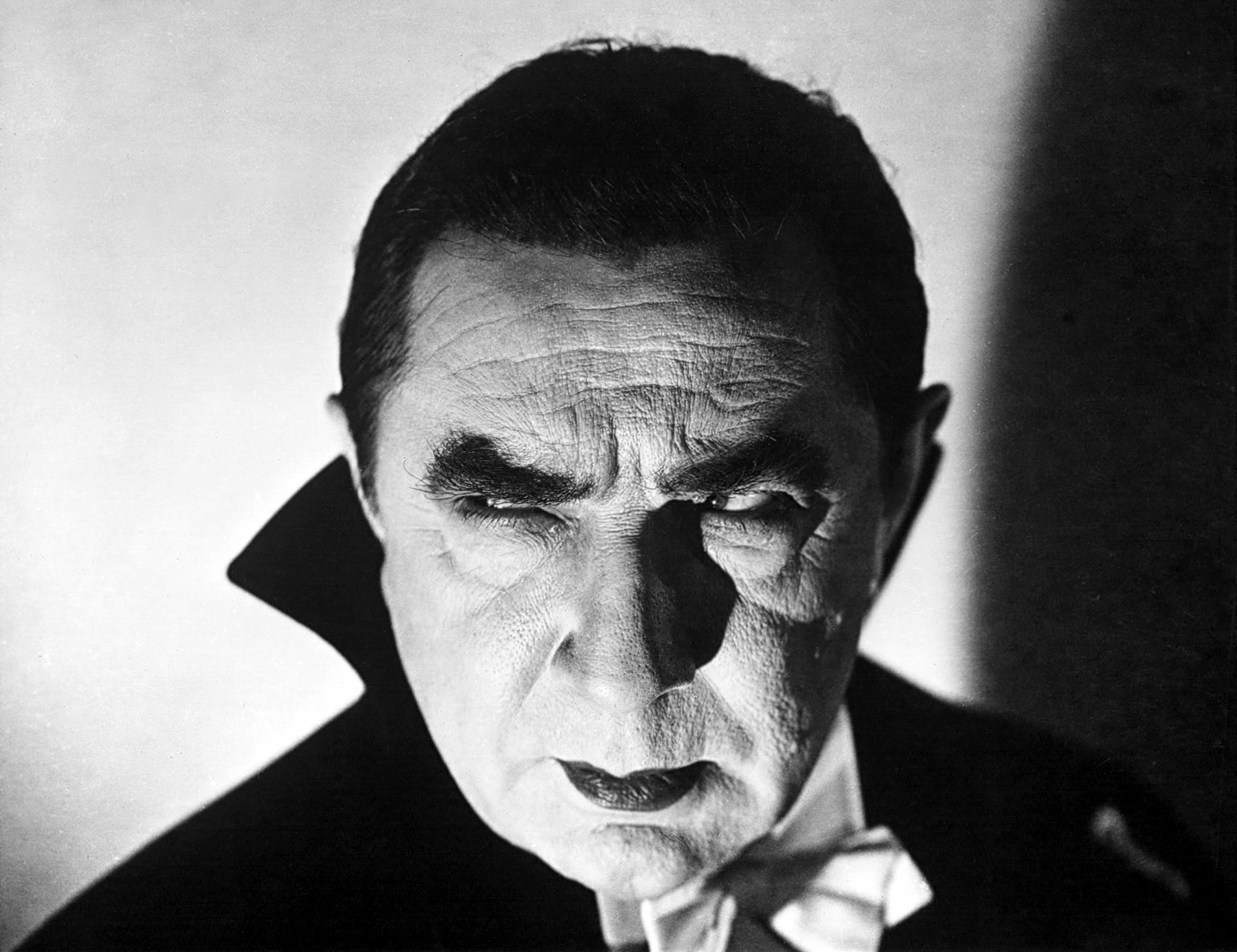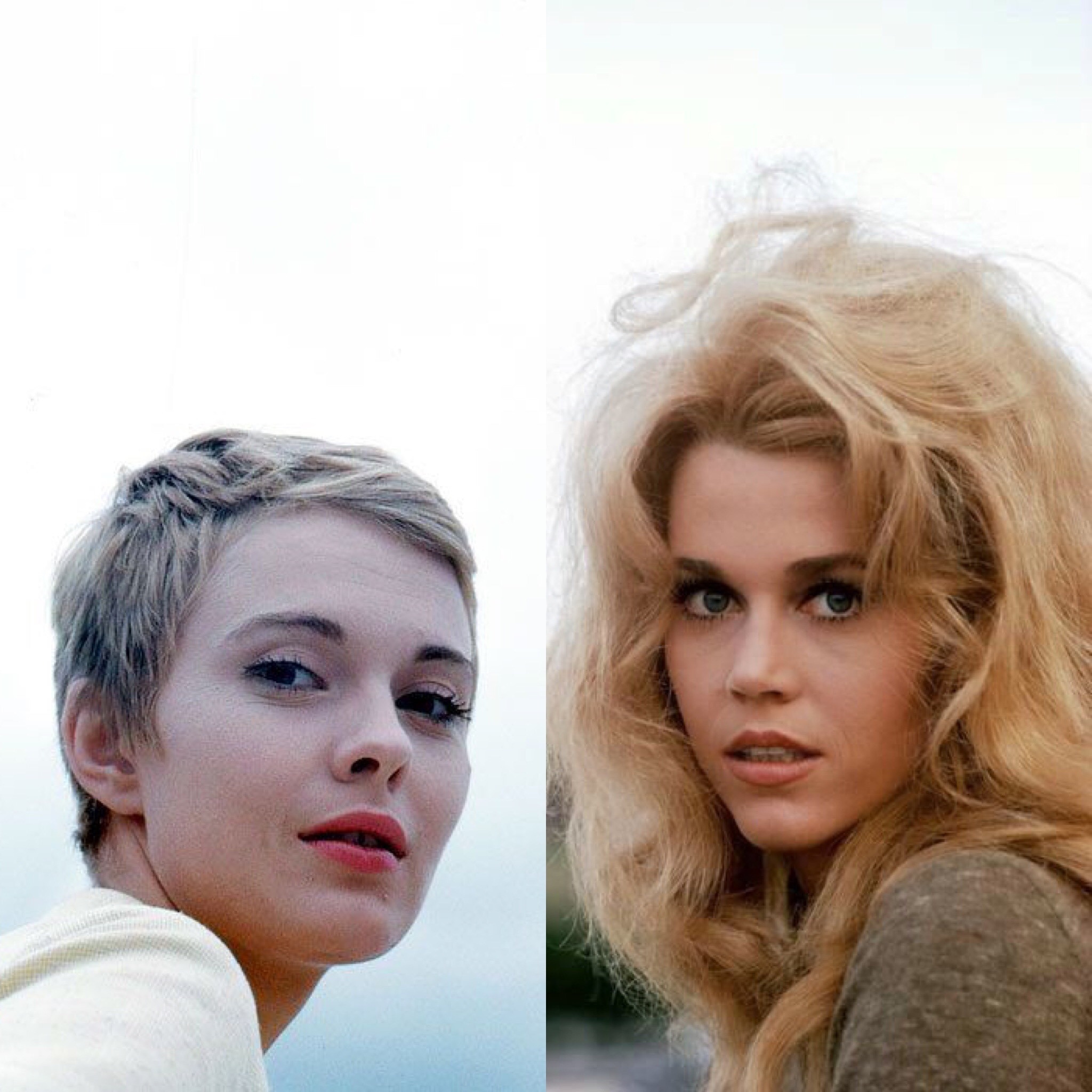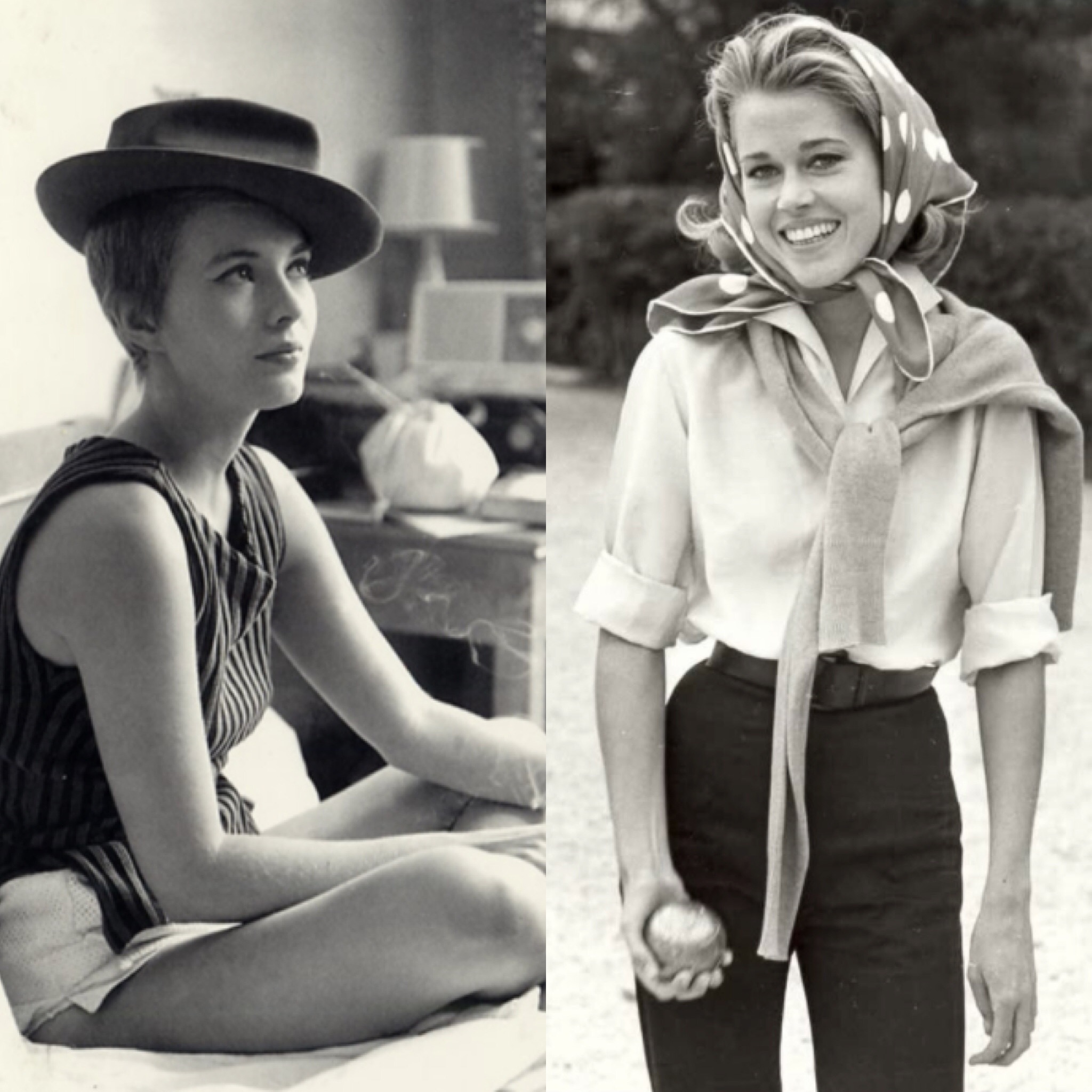Listen to this episode on Apple Podcasts and Spotify.
At a boozy party over Labor Day weekend 1921, Roscoe “Fatty” Arbuckle, silent Hollywood’s superstar plus-size comedian, followed sometime actress Virginia Rappe into a hotel room. They were alone together for only a few minutes, but in that time, Rappe fell ill, and died several days later from her sickness. Arbuckle was tried for murder, and accused of rape in the newspapers. The story of the definitive sex-and-death scandal in early Hollywood history, which left a woman dead and effectively killed off a star comedian’s career, has been plagued with misinformation and distortions for nearly 100 years. Today we’ll closely examine Anger’s text to demonstrate how he implies both Arbuckle and Rappe’s guilt, and we’ll also use more recent scholarship on the case to try to suss out what really happened in that hotel room, and how the facts were distorted throughout Arbuckle’s three trials.
This episode includes graphic descriptions of sexual violence.
SHOW NOTES:
Sources:
This episode is a response to, and includes a brief excerpt from, Hollywood Babylon by Kenneth Anger.
Go West, Young Women!: The Rise of Early Hollywood by Hilary Hallett
Tinseltown: Murder, Morphine, and Madness at the Dawn of Hollywood by William J. Mann
“Dead Actress Earned Fame as Art Model” San Francisco Chronicle, September 11, 1921
“Fatty Arbuckle-Virginia Rappe Trial: Q&A with Researcher Joan Myers” by Andre Soares, www.altfg.com
“Arbuckle Gloomy as Physicians Testify”, Sacramento Union, November 19, 1921
Music:
Original music was composed for this episode by Evan Viola. Most of the rest of the music used in this episode, with the exception of the intro and outro, was sourced from royalty-free music libraries and licensed music collections. The intro includes a clip from the film Casablanca. The outro song this week is Modern History by The Auteurs.
Excerpts from the following songs were used throughout the episode:
The Smoke Room - Gunnar Johnsén
Widow’s Dance - Håkan Eriksson
Sophisticated Gentlemen 3 - Magnus Ringblom
1920s Chicago 3 - Magnus Ringblom
Kansas City flashback 2 - Magnus Ringblom
Blue Zones - Martin Gauffin
The Old House - Håkan Eriksson
Bad News Piano 17 - Oscar Collin
Jazz and Blue Piano 1 - Jonaton Jarpehag
Bad News Piano 3 - Oscar Collin
Paris Waltz - Håkan Eriksson
Meditation for Viola and Piano 14 - Jonaton Jarpehag
My Simple Thing 3 - Peter Sandberg
Credits:
Our special guest this week is Gideon Yago.
This episode was written, narrated and produced by Karina Longworth.
Editors: Sam Dingman and Jacob Smith.
Research and production assistant: Lindsey D. Schoenholtz.
Social media assistant: Brendan Whalen.
Logo design: Teddy Blanks.
